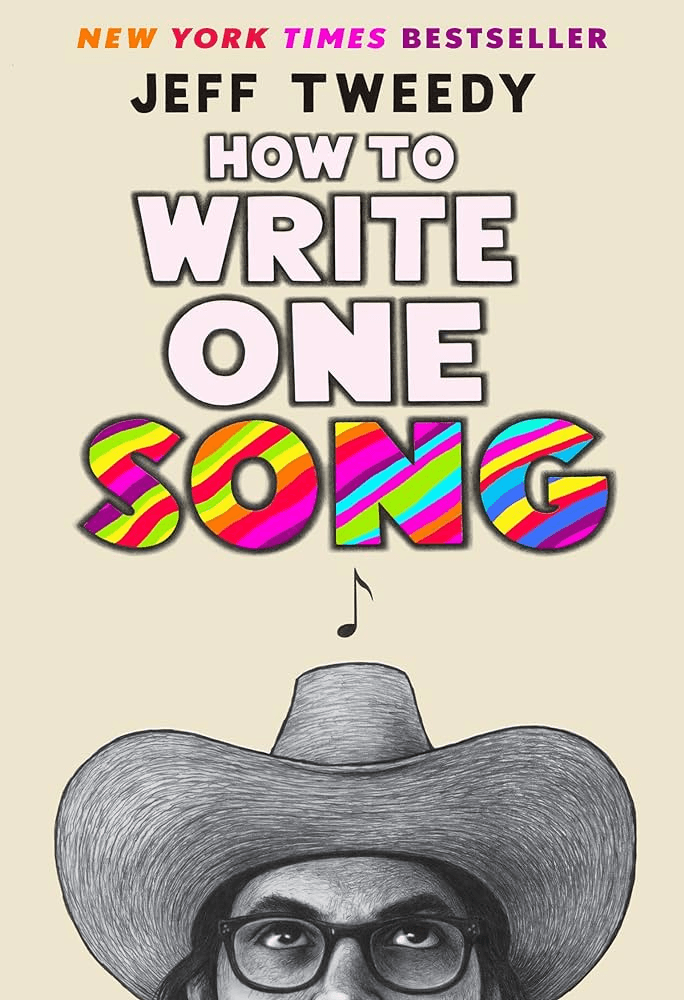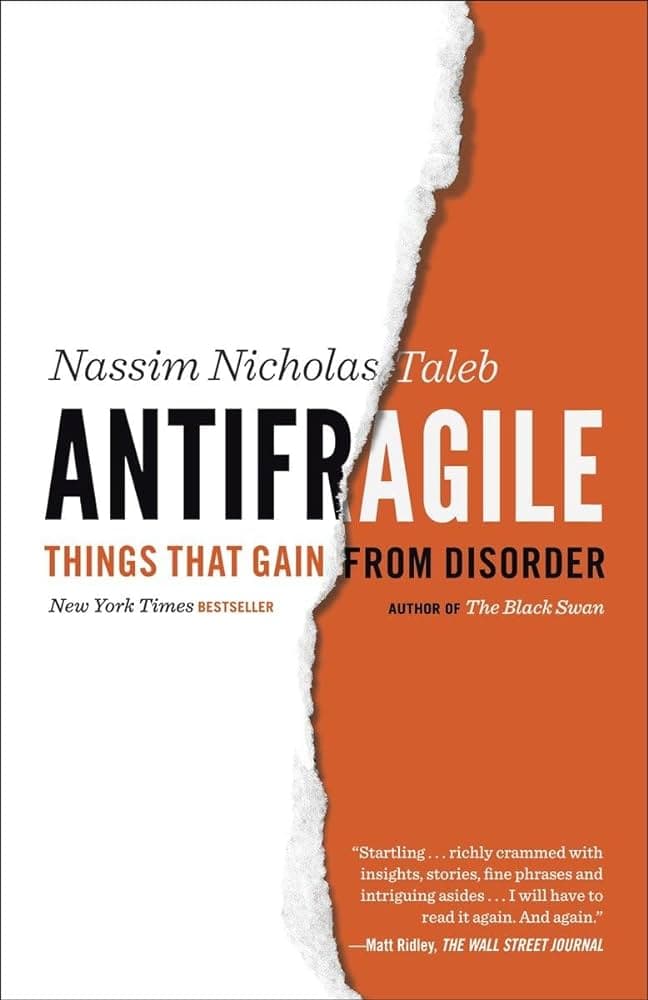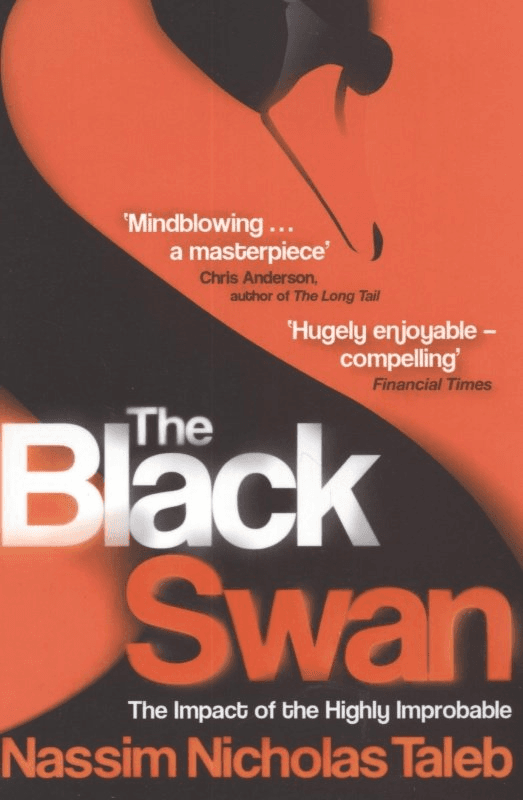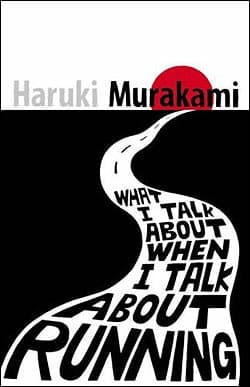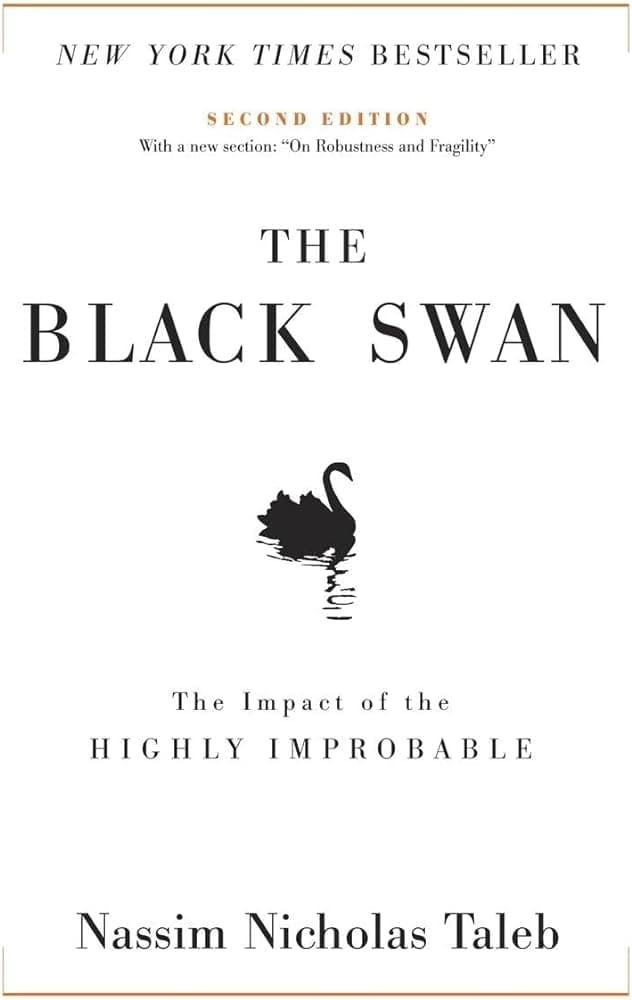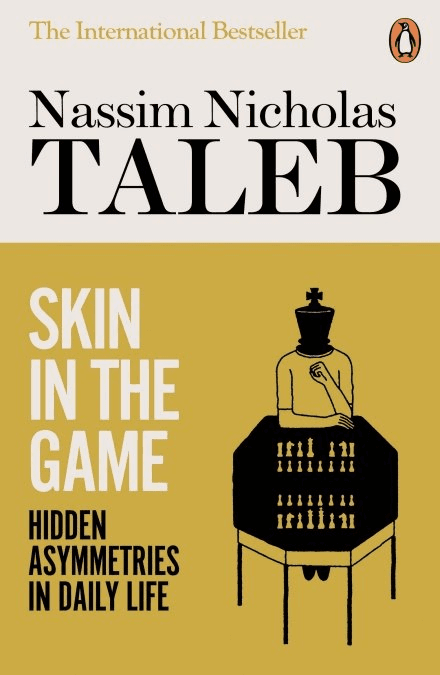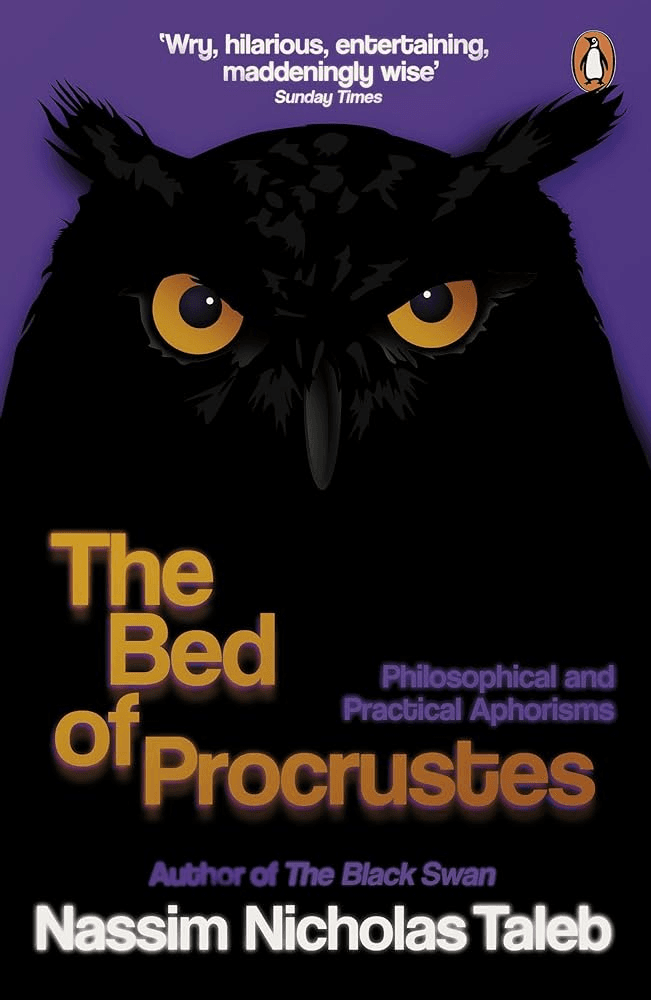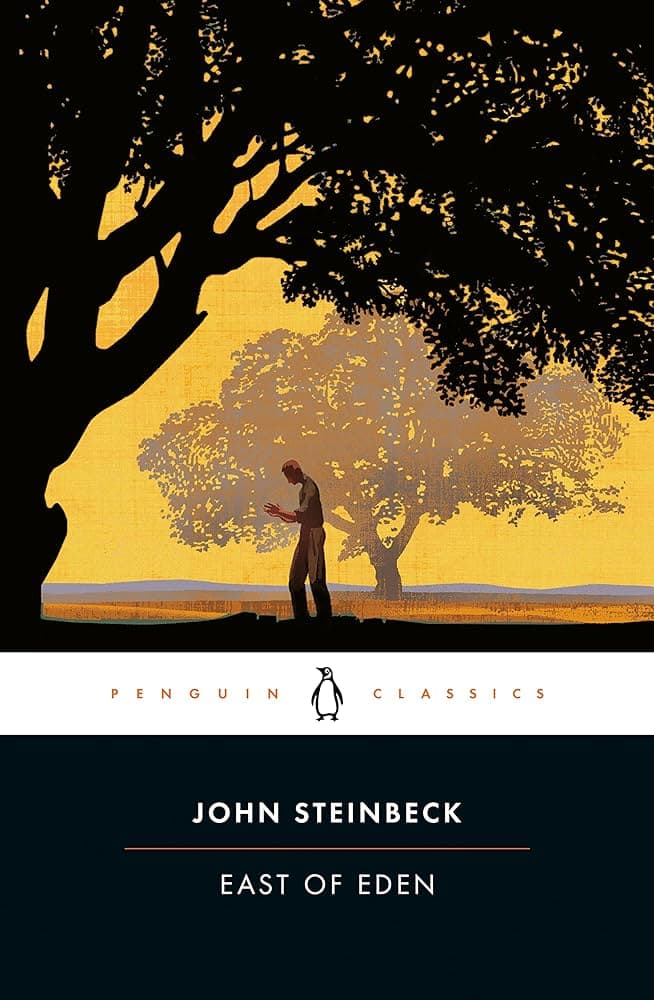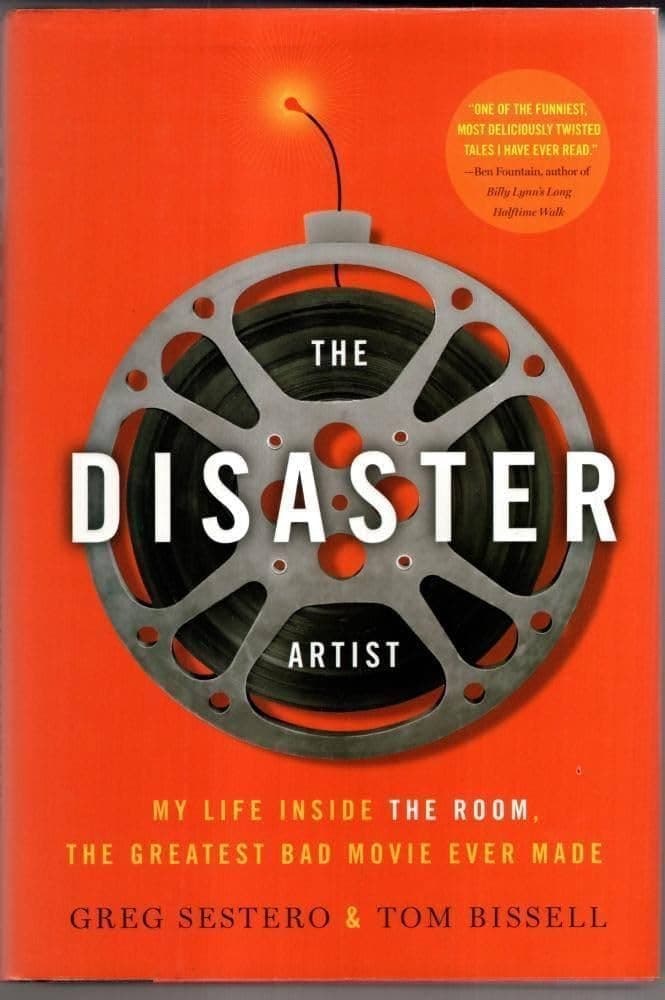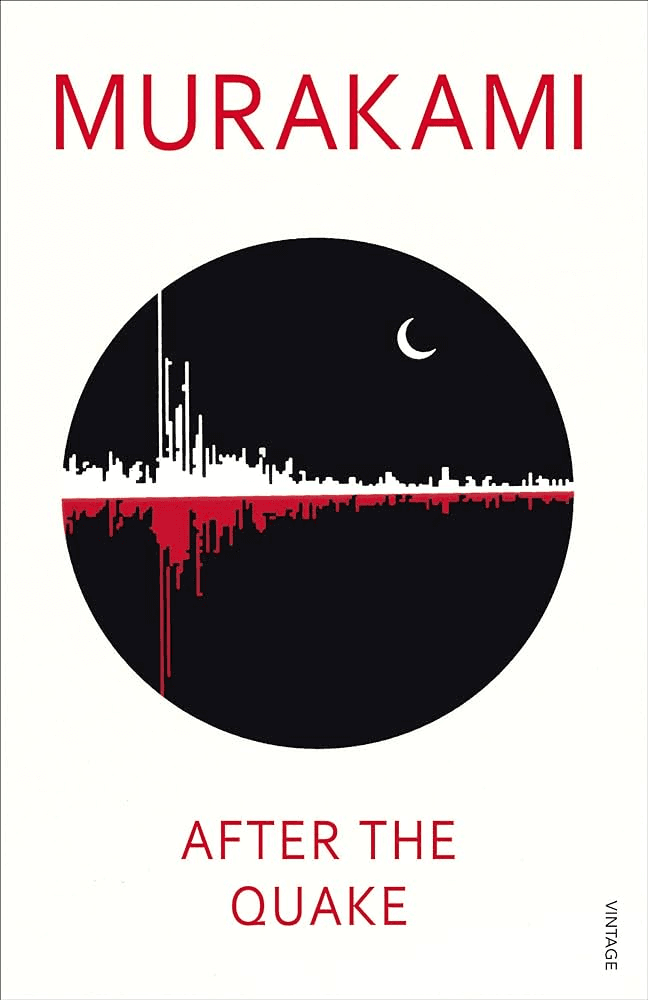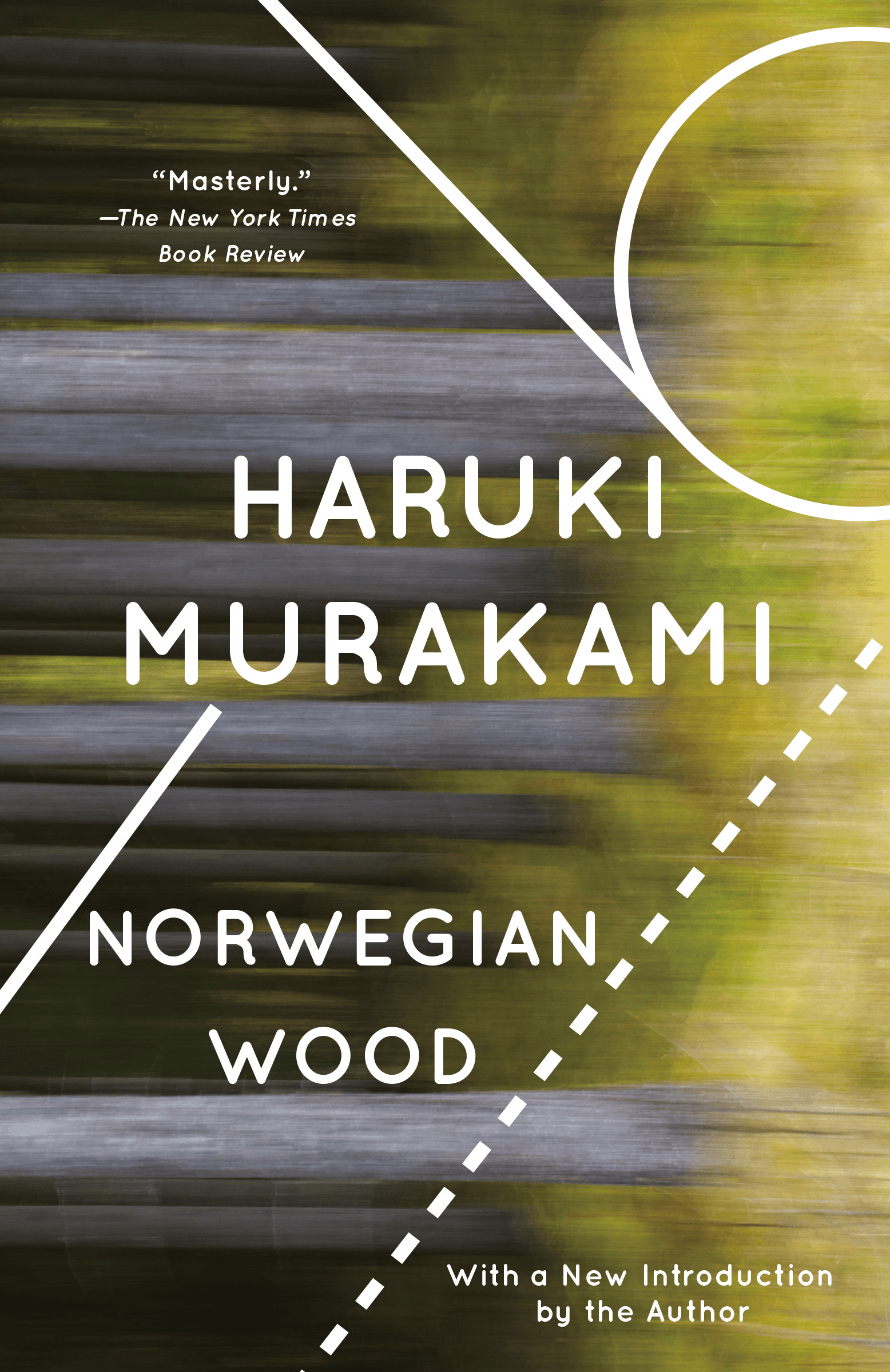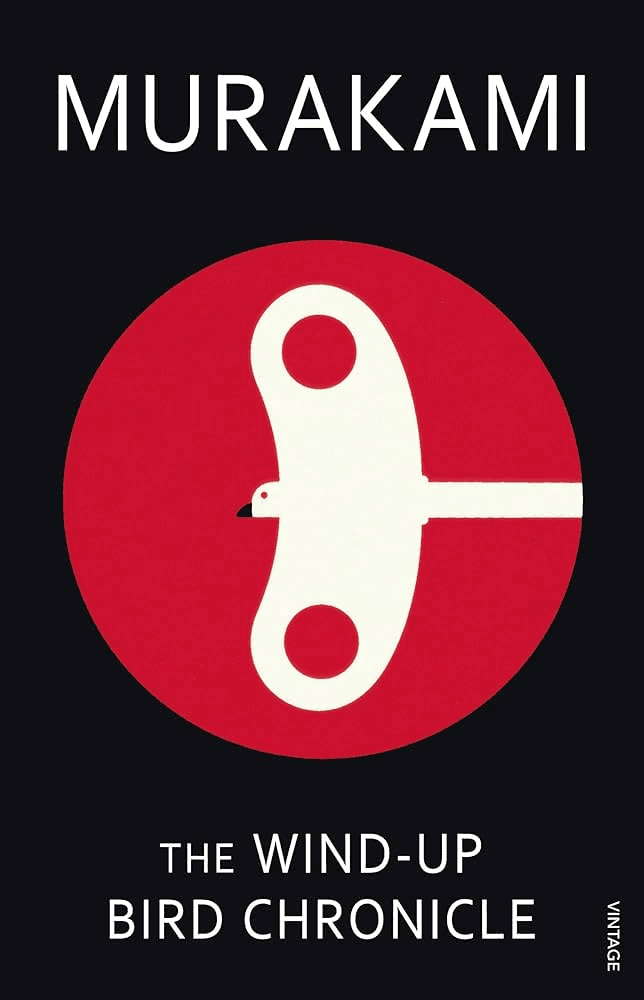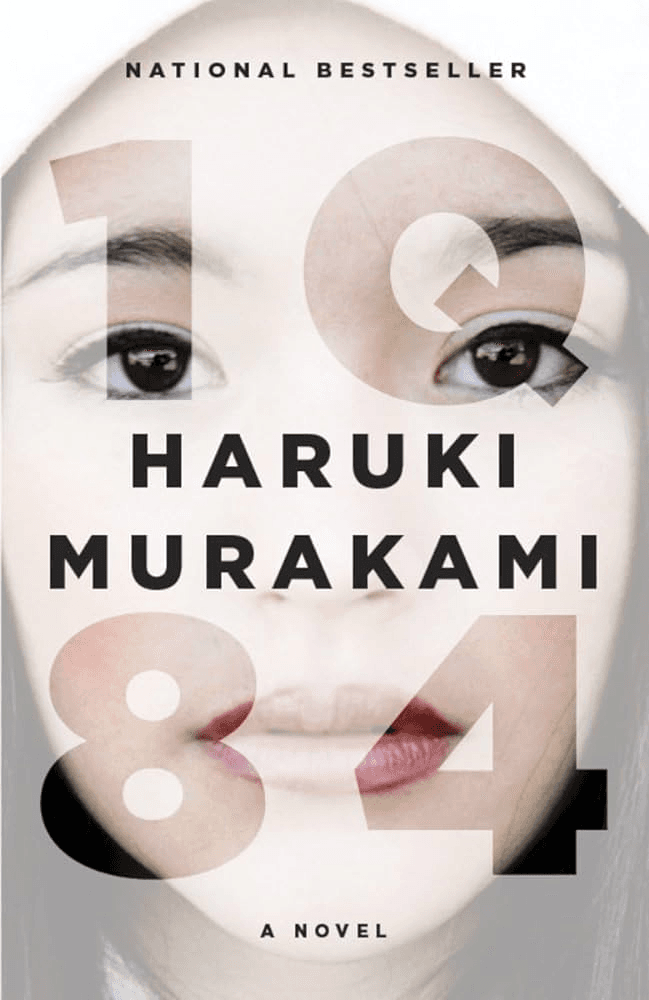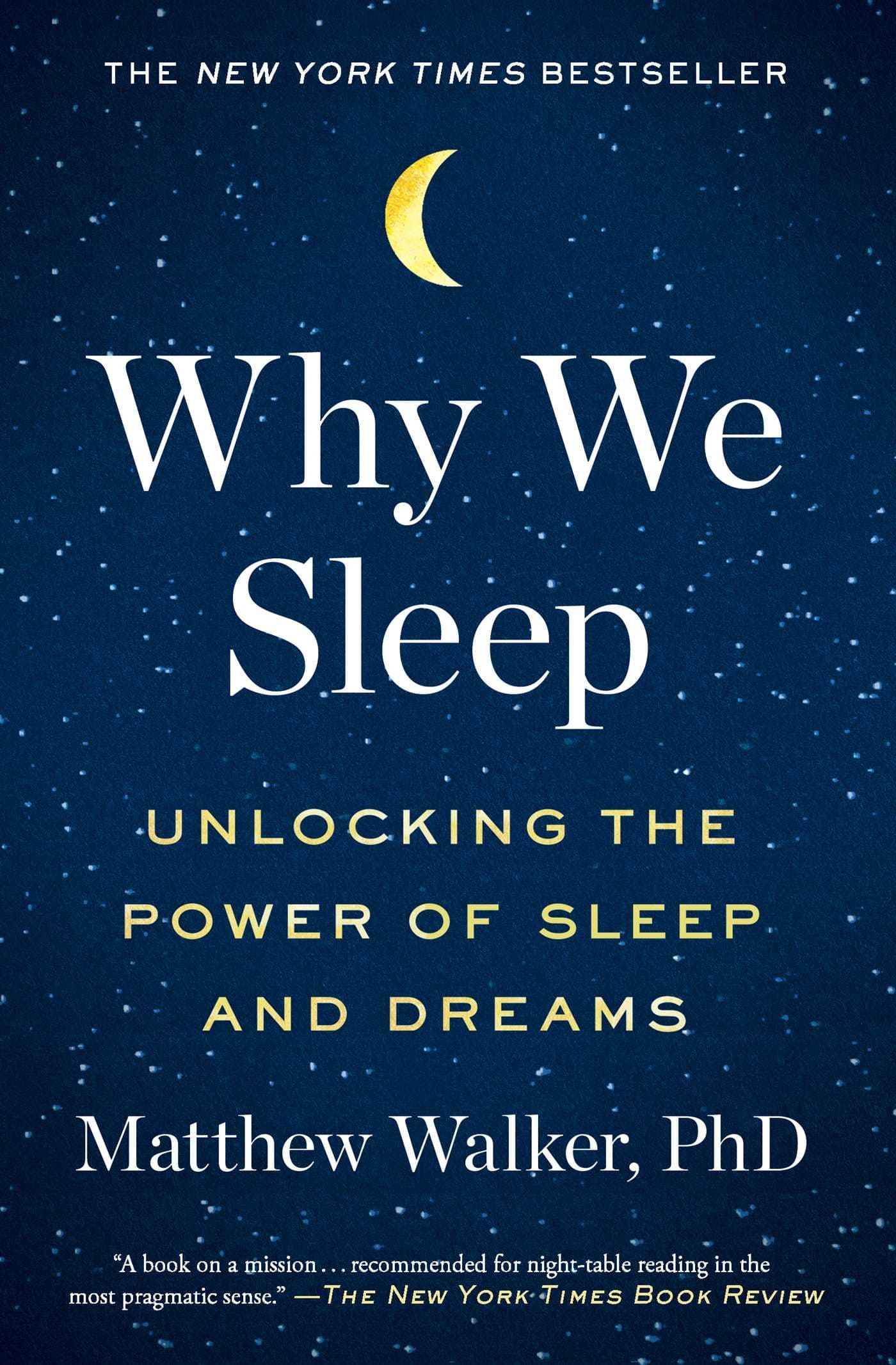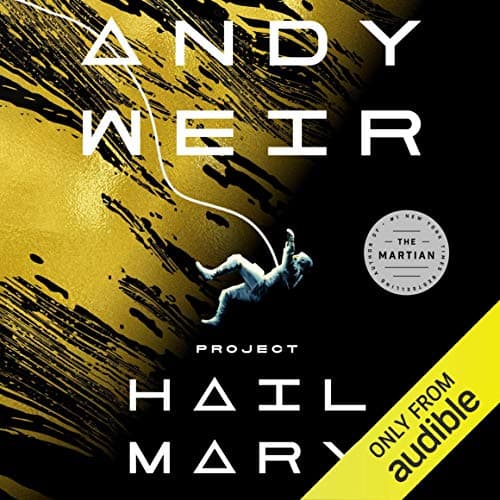📚Best Rick Rubin Books
This list showcases books authored by Rick Rubin, a prominent figure in the music industry known for his innovative approach to creativity. These works explore themes of artistic expression and the creative process, reflecting Rubin's unique insights and experiences in music production.
- 0
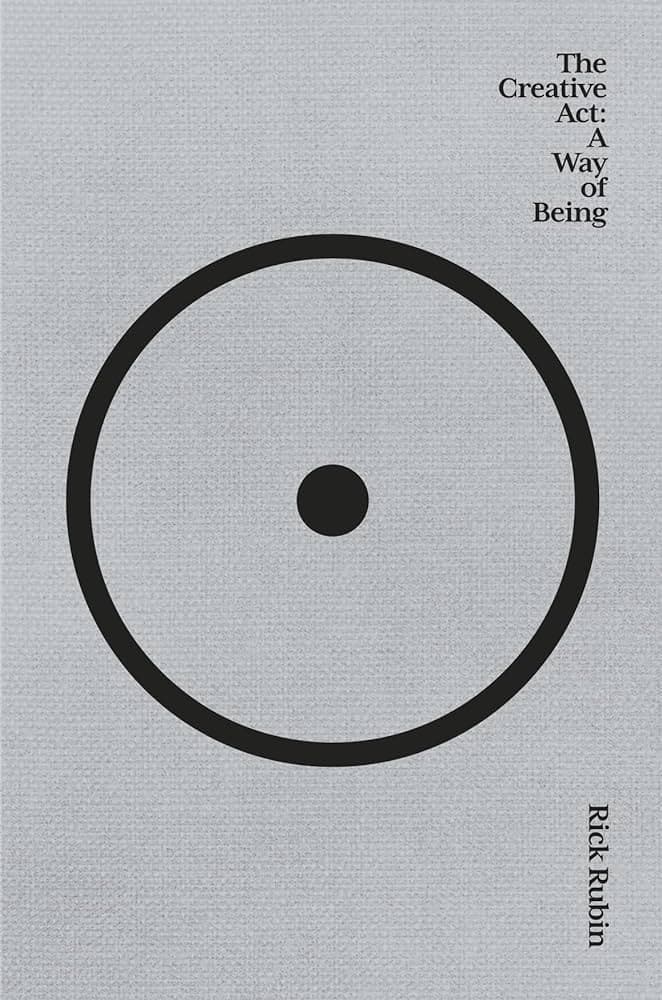
“I set out to write a book about what to do to make a great work of art. Instead, it revealed itself to be a book on how to be.” —Rick Rubin
